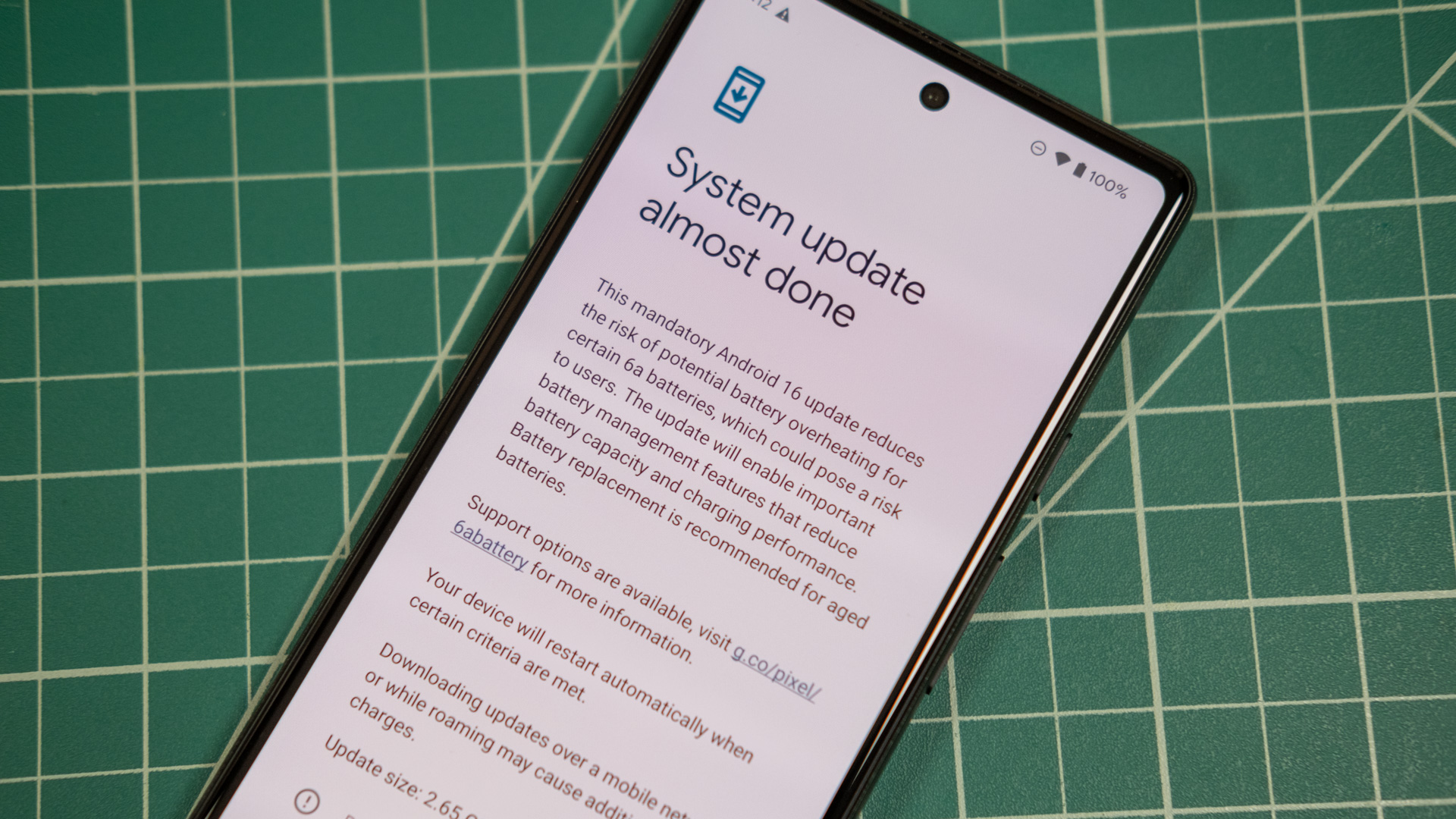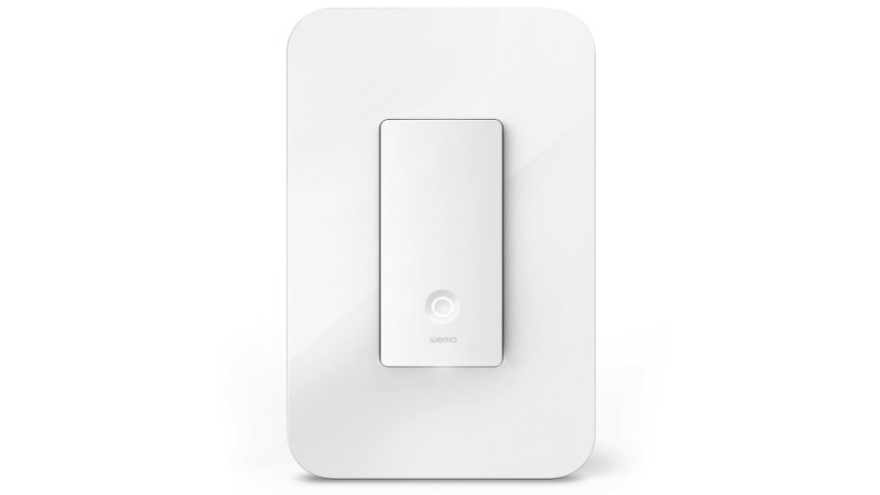People don't upgrade phones every year anymore—longevity matters.
The Pixel 6a is the next phone on Google's battery hit list. Credit: Ryan Whitwam
Google's Pixel phones have grown from a curiosity to become some of the best smartphones you can buy, featuring excellent cameras and lengthy support. Unfortunately, they are also gaining a reputation for battery defects. For the second time in a year, Google has announced that it will render some of its past phones almost unusable with a software update, and users don't have any choice in the matter.
After nerfing the Pixel 4a's battery capacity earlier this year, Google has now confirmed a similar update is rolling out to the Pixel 6a. The new July Android update adds "battery management features" that will make the phone unusable. Given the risks involved, Google had no choice but to act, but it could choose to take better care of its customers and use better components in the first place. Unfortunately, a lot more phones are about to end up in the trash.
Bad batteries
Lithium-ion has become the technology of choice for rechargeable batteries because it has very high energy density and reliability compared to other options. However, storing and releasing energy day after day causes inevitable wear and tear. Electrolytes that transport electrons can decompose into flammable gasses and puff up your battery into a spicy little pillow, for example. Batteries also form clumps of lithium ions called dendrites, which grow and can cause internal shorts. This damage is accelerated by heat, and batteries get warmer the faster and longer they charge.
Eventually, this degradation can lead to internal temperatures so high that the lithium-ion cells reach a condition known as thermal runaway. When that happens, vaporized electrolyte escapes from a cell and ignites, raising temperatures even further. This exothermic process releases all the stored energy quickly, which is why battery fires are particularly hard to extinguish.
Not all batteries age the same way. Some problems will appear quickly, but others won't be noticeable until after many charge/discharge cycles. A few years back, Samsung released the Galaxy Note 7 with a slightly larger battery than the previous model. Within weeks, the phones started to catch fire, and even after swapping in a different battery pack, the issue persisted. It was a huge mess that led to a recall and steep financial losses.
Samsung's battery missteps may have prompted manufacturers to take possible battery defects more seriously. So when Google detected problems with aging Pixel 4a batteries, it didn't take any chances. It decided to degrade the experience on the remaining Pixel 4a units out there, even if the lower capacity and slower charging upset users. When Pixel 6a units started to catch fire again, Google decided to simply limit battery performance.
The mandatory Android 16 July update will limit battery charging speed and capacity on affected phones. Credit: Ryan Whitwam
Pixel 4a units contained one of two different batteries, and only the one manufactured by a company called Lishen was downgraded. For the Pixel 6a, Google has decreed that the battery limits will be imposed when the cells hit 400 charge cycles. Beyond that, the risk of fire becomes too great—there have been reports of Pixel 6a phones bursting into flames.
Clearly, Google had to do something, but the remedies it settled on feel unnecessarily hostile to customers. It had a chance to do better the second time, but the solution for the Pixel 6a is more of the same.
A problem of Google’s making
Like other smartphone manufacturers, Google moved away from offering removable batteries in the 2010s to make phones slimmer and more durable. Smartphone makers largely dismissed the concerns of repair advocates who pointed out that lithium-ion batteries degrade over time and making them difficult to remove wasn't the best idea. However, this was a time when people only kept smartphones for a year or two before upgrading, but we have since entered an era in which people use phones for much longer. The way phones are marketed has changed to reflect that—Google has enacted longer support windows, topping out at seven years for its latest phones.
It's telling that Google's budget phones are the ones ending up with defective batteries. The company began making Pixel phones (with sealed batteries) almost a decade ago, and the premium Pixels haven't suffered any long-term battery issues. Now, two of Google's A-series phones have been hit with battery-killing updates, suggesting that less expensive components are developing more problems as they age. Should we expect the Pixel 7a or 8a to experience battery issues next?
Maybe Google's battery performance updates are the only viable solution, as frustrating as they may be. However, that doesn't mean it should be like pulling teeth to get reasonable compensation, particularly when the same thing has happened multiple times. We've heard from several readers who were frustrated by the Pixel 4a's battery update, only to pick up a Pixel 6a as a replacement. Now, they are facing a second mandatory system update that will make their replacement phones similarly unusable.
After years of struggling to make Pixels relevant, Google could be throwing away a lot of goodwill. When Google killed the Pixel 4a's battery life, it offered a few options. You could have the battery replaced for free, get $50 cash, or accept a $100 credit in the Google Store. However, claiming the money or free battery was a frustrating experience that was rife with fees and caveats. The store credit is also only good on phones and can't be used with other promotions or discounts. And the battery swap? You'd better hope there's nothing else wrong with the device. If it has any damage, like cracked glass, it may not qualify for a free battery replacement.
Now we have the Pixel 6a Battery Performance Program with all the same problems. Pixel 6a owners can get $100 in cash or $150 in store credit. Alternatively, Google offers a free battery replacement with the same limits on phone condition. This is all particularly galling because the Pixel 6a is still an officially supported phone, with its final guaranteed update coming in 2027. Google also pulled previous software packages for this phone to prevent rollbacks.
Google says it cares about sustainability, but more Pixel phones will end up in the trash if this keeps up. Credit: Google
Regardless of how Google tries (and largely fails) to make it up to owners of these phones, its ongoing battery issues fly in the face of the company's supposed commitment to sustainability. Year after year, Google crows about the ways it has reduced waste and incorporated recycled materials into its phones. For example, the Pixel 9a uses all recycled aluminum in the frame, and almost all of the plastic content is recycled. Google claims it makes design decisions with the goal of creating "longer-lasting products," but if Google has to nerf phones a few years after release, it's just creating more e-waste.
If you have a Pixel 6a, the battery-killing update is rolling out now. You'll have no choice but to install it if you want to remain on the official software. Google has a support site where you can try to get a free battery swap or some cash. If you could easily swap batteries, this would all be much simpler. Maybe if we're going to have phones intended to last for seven years, the most failure-prone component should be user-replaceable. Alas, form often wins out over function.
Ryan Whitwam is a senior technology reporter at Ars Technica, covering the ways Google, AI, and mobile technology continue to change the world. Over his 20-year career, he's written for Android Police, ExtremeTech, Wirecutter, NY Times, and more. He has reviewed more phones than most people will ever own. You can follow him on Bluesky, where you will see photos of his dozens of mechanical keyboards.
.png)
 2 hours ago
1
2 hours ago
1













 English (US) ·
English (US) ·